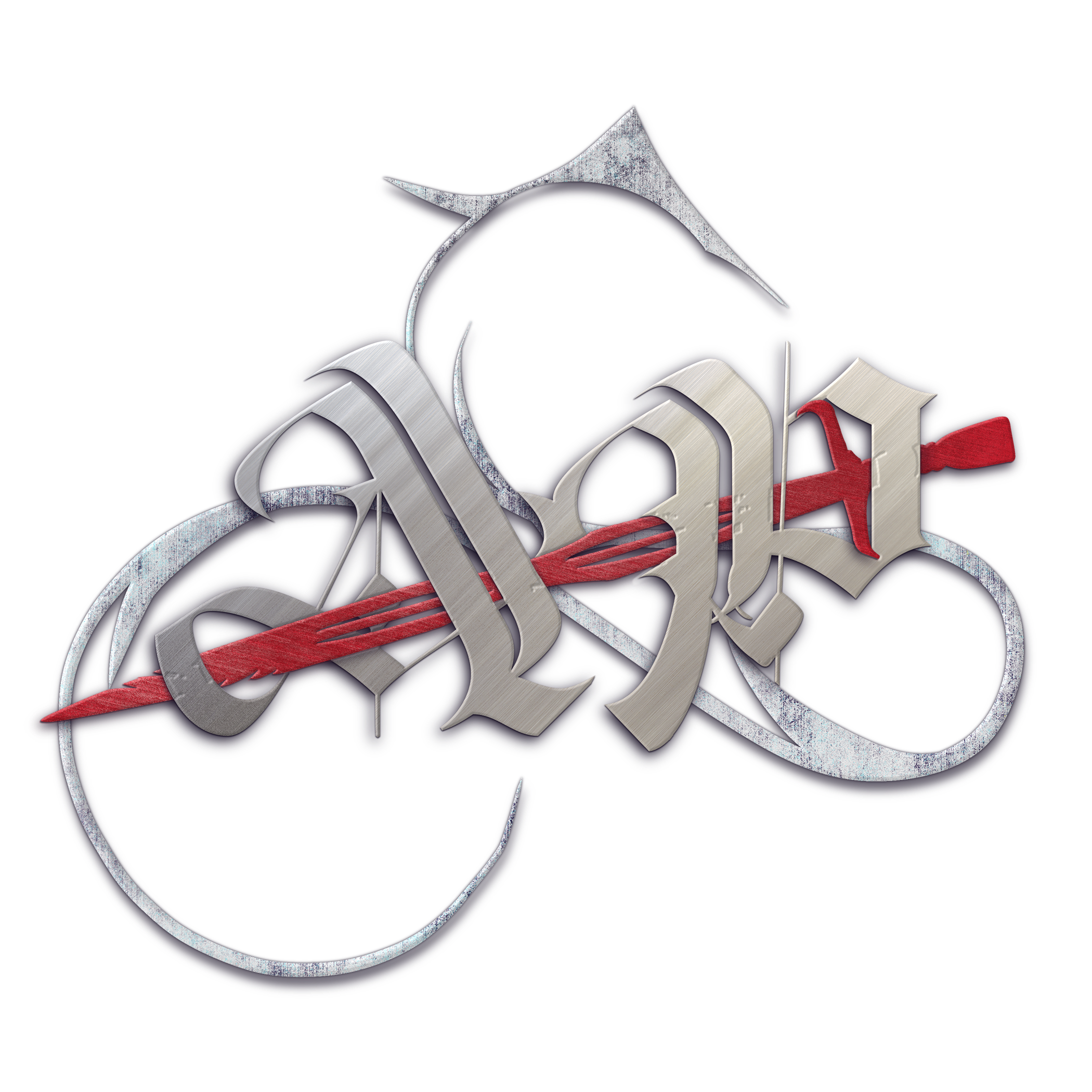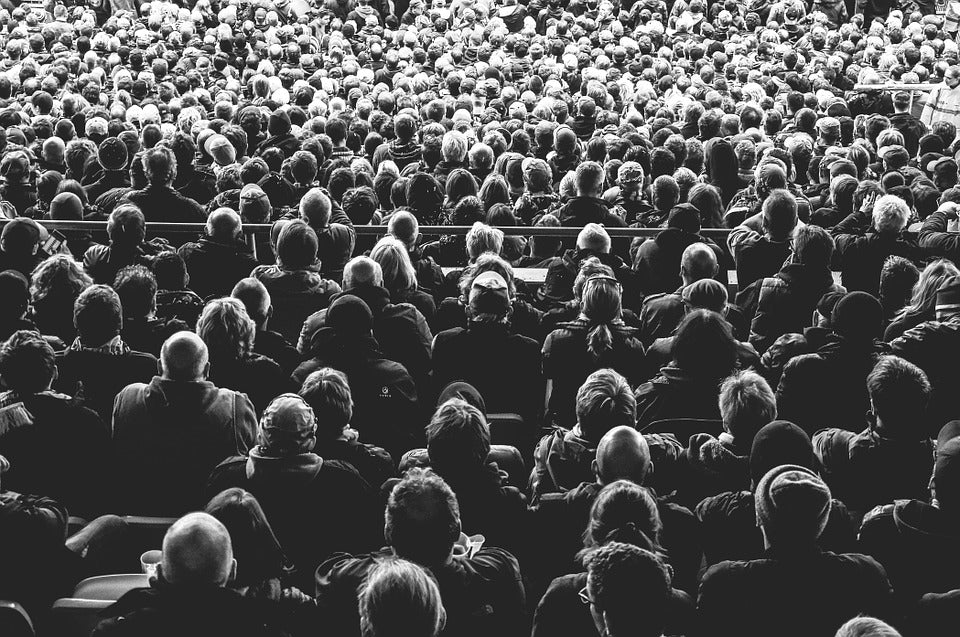Crowds can be dangerous, fickle, temperamental, and, worst of all, easily manipulated. It doesn’t take much to whip a crowd of rational individuals into a frenzied mob. When people get together, the “herd mentality” tends to kick in and causes people to do things they would never have considered in real life. Crowds can turn riotous and violence with far less incitement than individuals ever would.
Crowds: The Origin
For as long as people have lived near each other, there has existed the threat of the crowd. A group of peaceful people exchanging ideas can quickly grow into a heated debate as more and more voices join in, until it grows large enough that the debate turns angry, violent, then riotous. A single disagreement between two individuals can turn into a full-scale barroom brawl in a matter of seconds. There is an entire field of study dedicated to crowd psychology, or the “mob mentality”. Studies have found that just a 5% minority can sway the other 95% of a crowd to follow instinctively, all thanks to this crowd-think (decisions based on the actions of others in a crowd) that overtakes the human mind when we are in a large group of people. Crowds have been divided into a number of different “types”. One scholar defined them as:- Casual
- Conventional
- Expletive
- Aggressive
- Spectator
- Demonstrator
- Escaping
- Gustave LeBon held that people in crowds tend to lose their individual sense of self, thus their personal responsibility for their actions is lost as well. They are also more open to suggestion, and they tend to feel emotions more strongly as part of a “shared unconscious”.
- Freud posited that being a part of a crowd unlocked the “unconscious”. The ego is displaced by the size of the crowd, and simplistic emotions (anger, hate, fear, etc.) are more easily spread. The emotional experience trends toward the lowest common denominator.
- Deindividuation theory states that group unity, anonymity, and arousal (of emotions) can weaken the self-evaluation, shame, and guilt that typically control our behavior in public. This leads to a lack of restraint and can distance people from their personal identities, leading to a decrease in rational forethought and antisocial behavior.
- Convergence theory believes that the crowd is formed by a union of like-minded individuals. People in a crowd behave as they always would, just “more so”. The actions are simply affirmed, reinforced, and intensified by the crowd.
- Emergent norm theory suggests that people start to act in line with those around them so as to fit in. Key members of the crowd (the 5% influencers) suggest or model appropriate actions, and those actions become the “norm” for the crowd at large.
- Social identity theory states that our actions “depend on which group membership (or non-membership) is most personally salient at the time of action”. Basically, we have a subconscious or unconscious desire to fit in and identify with the crowd, so we model our actions on those around us. Or, the values of the “group” to which the crowd belongs (i.e. a Christian revival, a student demonstration, a pride parade, etc.) dictates the values and ultimately the behavior of those who become part of the crowd.
In stories
A classic example of this would be in the Bible, when Pontius Pilate gave the crowd the choice of executing Jesus Christ or Barabbas, an insurrectionary. The crowd that was protesting Jesus’ innocence minutes earlier ultimately clamored for Barabbas to be released—likely due to influence from the religious leaders and zealots guiding the crowd’s behavior. Other examples include:- “Kill the Beast!”, that famous song/scene from Beauty and the Beast, where fear of the monstrous creature and adoration of Gaston caused the villagers to attack Beast’s castle.
- Frankenstein has another excellent example, when a crowd of scared villagers attacks Frankenstein’s lab to destroy the monster.
- Maskerade by Terry Pratchett parodied mob mentality by including a discussion on “angry mob etiquette”—i.e. “lanterns for chasing smugglers and torches for chasing monsters”.

